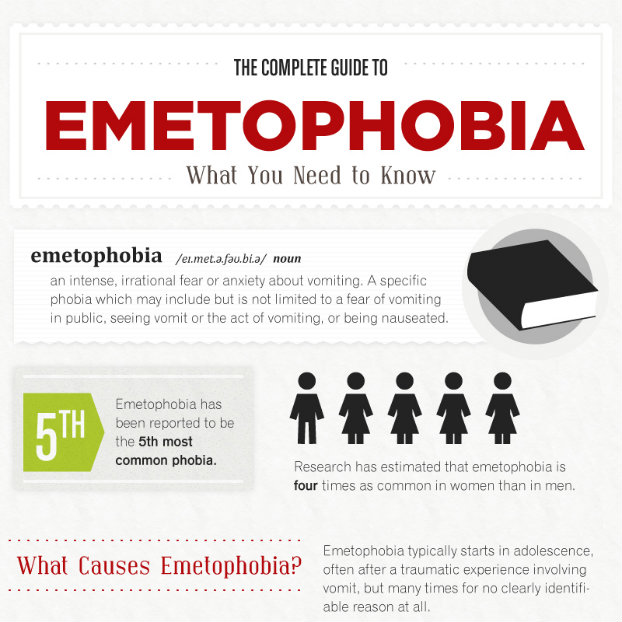 Here’s the deal. You go to sleep with your usual level of vomit fears and wake up, voila!, without them. If that sounds like something that could only happen in some kind of science fiction magazine, then you haven’t seen what Stanford University researchers have been up to lately.
Here’s the deal. You go to sleep with your usual level of vomit fears and wake up, voila!, without them. If that sounds like something that could only happen in some kind of science fiction magazine, then you haven’t seen what Stanford University researchers have been up to lately.
Researchers out of the university found a way to manipulate traumatic memories in sleeping mice so the mice don’t suffer their usual fearful reactions while they are awake. It doesn’t even involve a lobotomy!
It does, however, involve a drug that blocks the production of protein in the area of the brain linked to fearful memory storage. While this drug is not safe for humans, the concept of manipulating thoughts during sleep can definitely be developed further.
The research team presented their findings at the Society of Neuroscience meeting in New Orleans, noting how the process may be helpful for treating post-traumatic stress disorder and other conditions that involve getting over a traumatic event in the past.
Emetophobia fits right in to that scenario, with vomit phobia often stemming from a painful or horrific childhood experience. You may also already be familiar with some of the traditional therapy methods used for emetophobia, something the sleeping mice therapy may one day be able to replace.
Conventional therapy for treating traumatic events:
Traditional treatment for vomit fears, PTSD and other past traumatic event often involves digging back into your memory to re-experience the original trauma that initiated your vomit fears in the first place. Exposing yourself to the traumatic event in a safe location can help you learn new associations that help alleviate your original fears.
Needless to say, not all folks are particularly fond of that method, which doesn’t always stick. Study author Asya Rolls notes the new associations learned by the patient can be unintentionally associated with the therapist’s office or other environment where it was learned, making the treatment fly out the window if you happen to experience a trigger in a different location.
The sleeping mice method:
With the sleeping mice, researchers formed new associations in the mice brains while the rodents were asleep. Before they could form new associations, they had to set up old ones. In this case they made mice afraid of the smell of jasmine by administering puffs of the stuff in conjunction with weak electric shocks. After a day of this, the mice began to fear the smell on its own, without the need for shocks to reinforce it.
To undo the fear of the smell, Rolls and colleagues gave a group of mice the protein-blocking drug right before the mice went to sleep. While the mice were asleep, researchers once again administered puffs of the jasmine smell. When the mice woke up, more jasmine puffs came down the pike – and the mice showed a reduced fear reaction.
The theory is the protein-blocking drug reactivates the same neurons that set up the fearful memories while the mice were awake and won’t let the memories be stored anew in the same way. While the protein-blocking drug may not be safe for humans, Rolls says other drugs, like certain anti-anxiety medications, may be able to recreate the effect when coupled with the same type of sleep therapy.
SOURCES:





